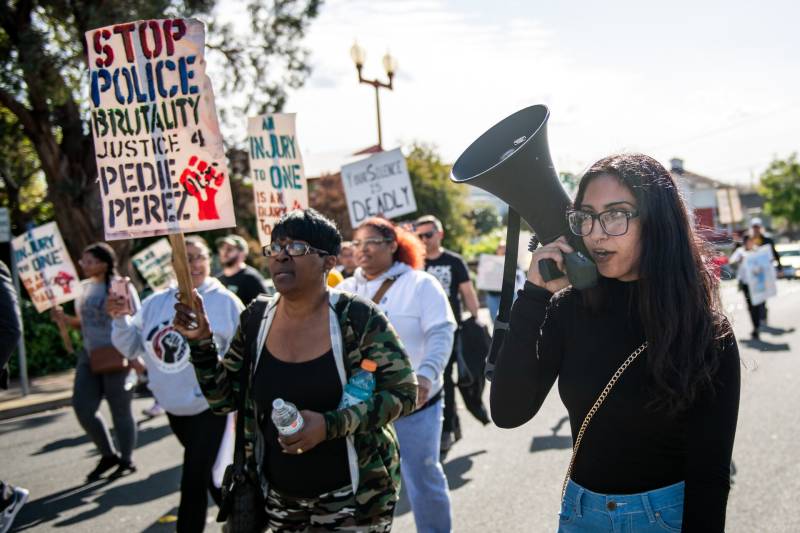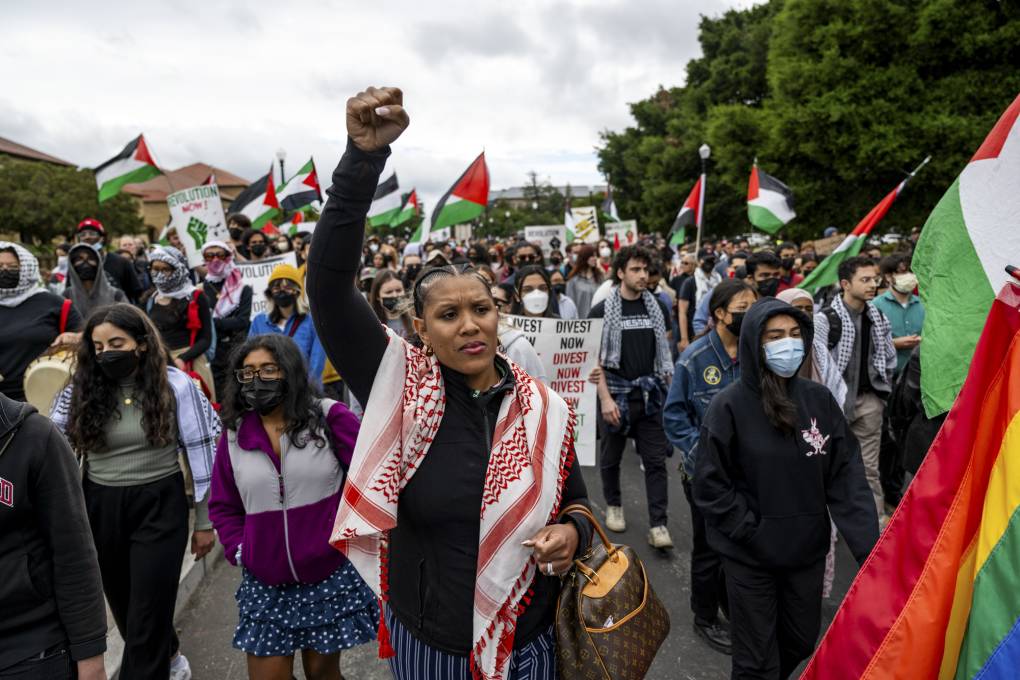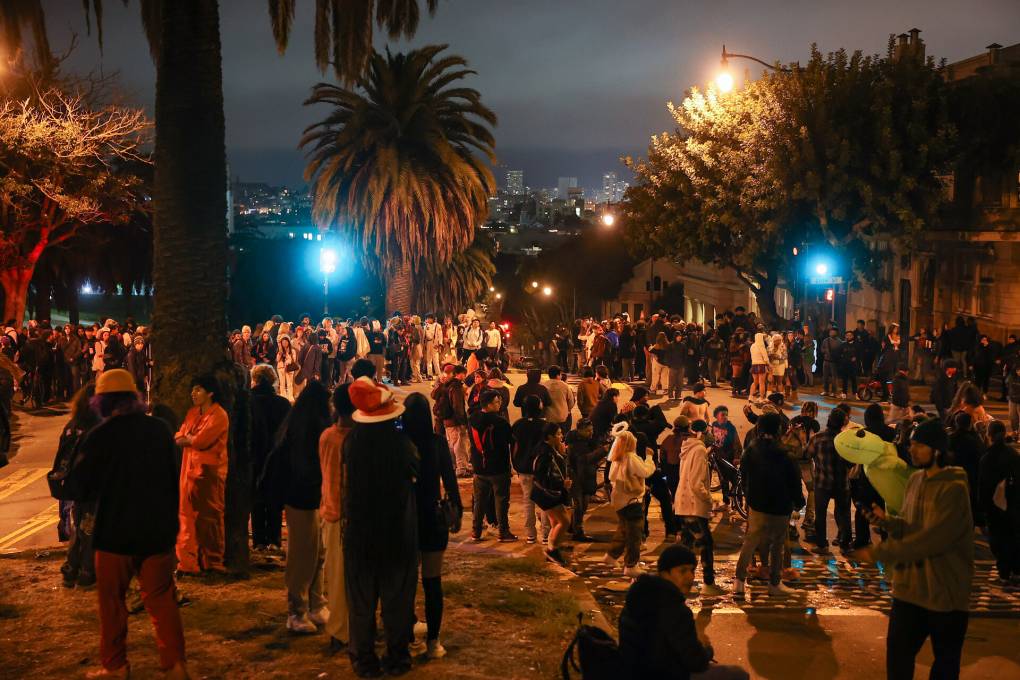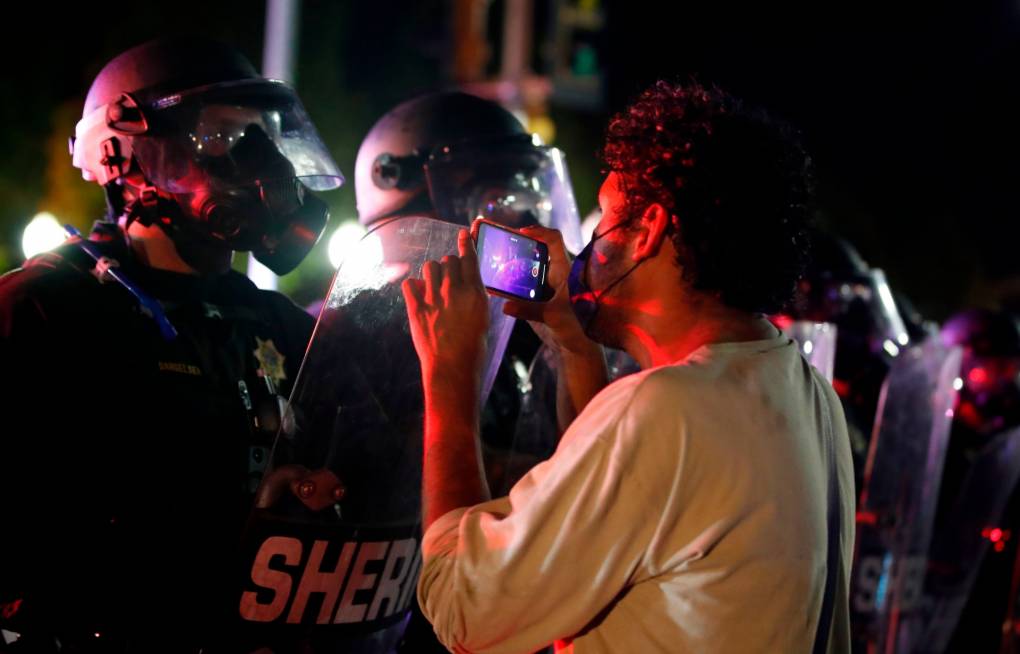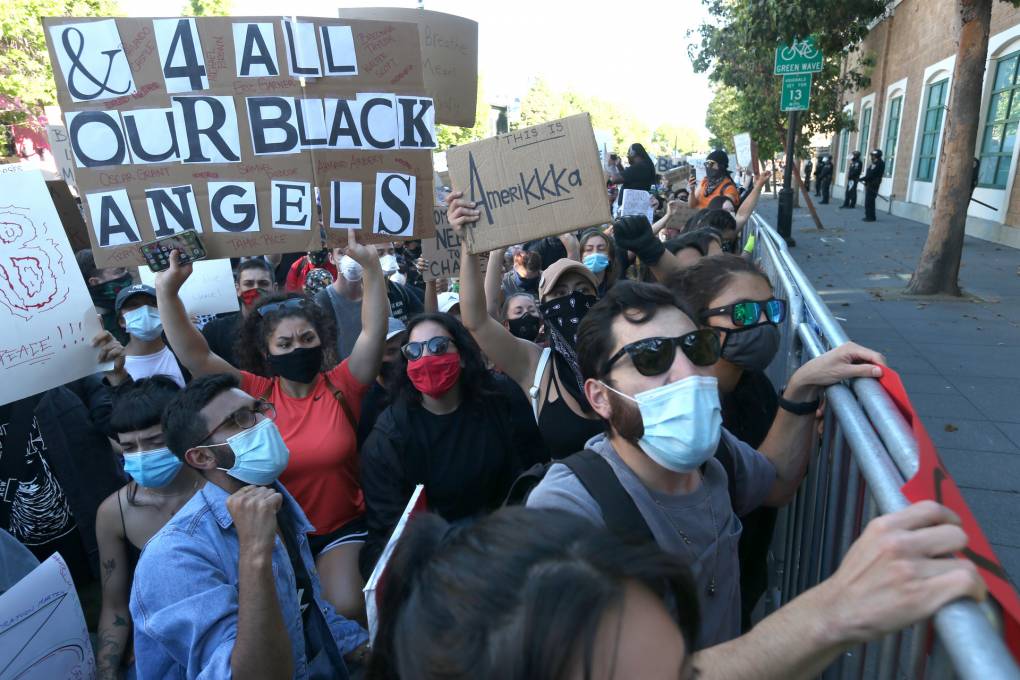The San Francisco Bay Area has a long history of protest.
But if you plan on attending a rally, how can you stay safe? What are your rights as a protester?
- Jump straight to: Tips on what to have ready before going to a protest.
If this is the first time you or your friends have gone to a protest, make sure to bookmark this guide, as our team frequently updates it with new information. Most recently, we have added a section on what your rights are if you are a not a U.S. citizen and plan to attend to a protest.
And remember: If you’re unable to join a rally or protest in person for whatever reason but want to make your stance on an issue known, you always have the option to contact your elected officials to express your opinions. For more information on what “call your reps” actually means, how to do it, and what to expect as a result, read our explainer: How Can I Call My Representative? A Step-by-Step Guide to the Process.
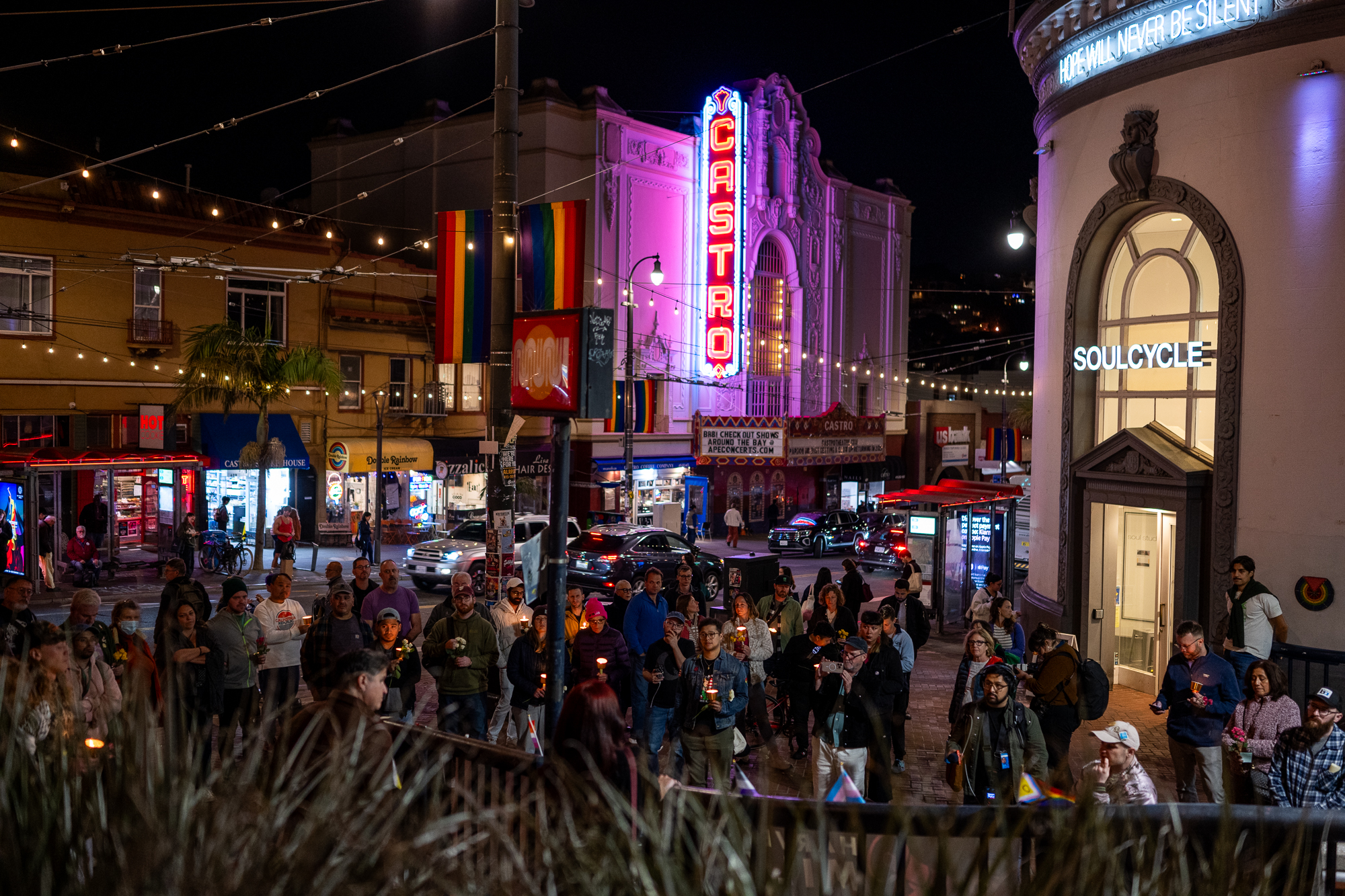
Have a plan — and then a backup plan
In 2024 alone, the Bay Area has seen many passionate demonstrations, ranging from students opposing construction replacing People’s Park in Berkeley and a march in response to a Supreme Court case addressing how cities can respond to homelessness to protests, rallies and vigils drawing thousands of people around the region in support of a cease-fire in Gaza — joining direct action taking place nationwide.
And there’s a lot you can do before a protest.
Travel with friends
Choose a meeting place beforehand in the event you get separated. You may also want to designate a friend who is not at the protest as someone you can check in with.
Charge your phone. However, some activist groups also recommend taking digital security measures, such as disabling the fingerprint unlock feature to prevent a police officer from forcing you to unlock the phone. Others also recommend turning off text preview on messages and using a more secure messaging app, such as Signal.
Also, make sure that you can function without a phone. Consider writing down important phone numbers and keeping them with you.
Research the intended protest route
This may be confusing since there’s not always a clearly stated route (a protest is, or course, not a parade), but some protests have preplanned routes.
By knowing where the protest is headed, you will be able to plan how you might avoid being caught in a “kettle” or other containment method — and be able to leave when you are ready.
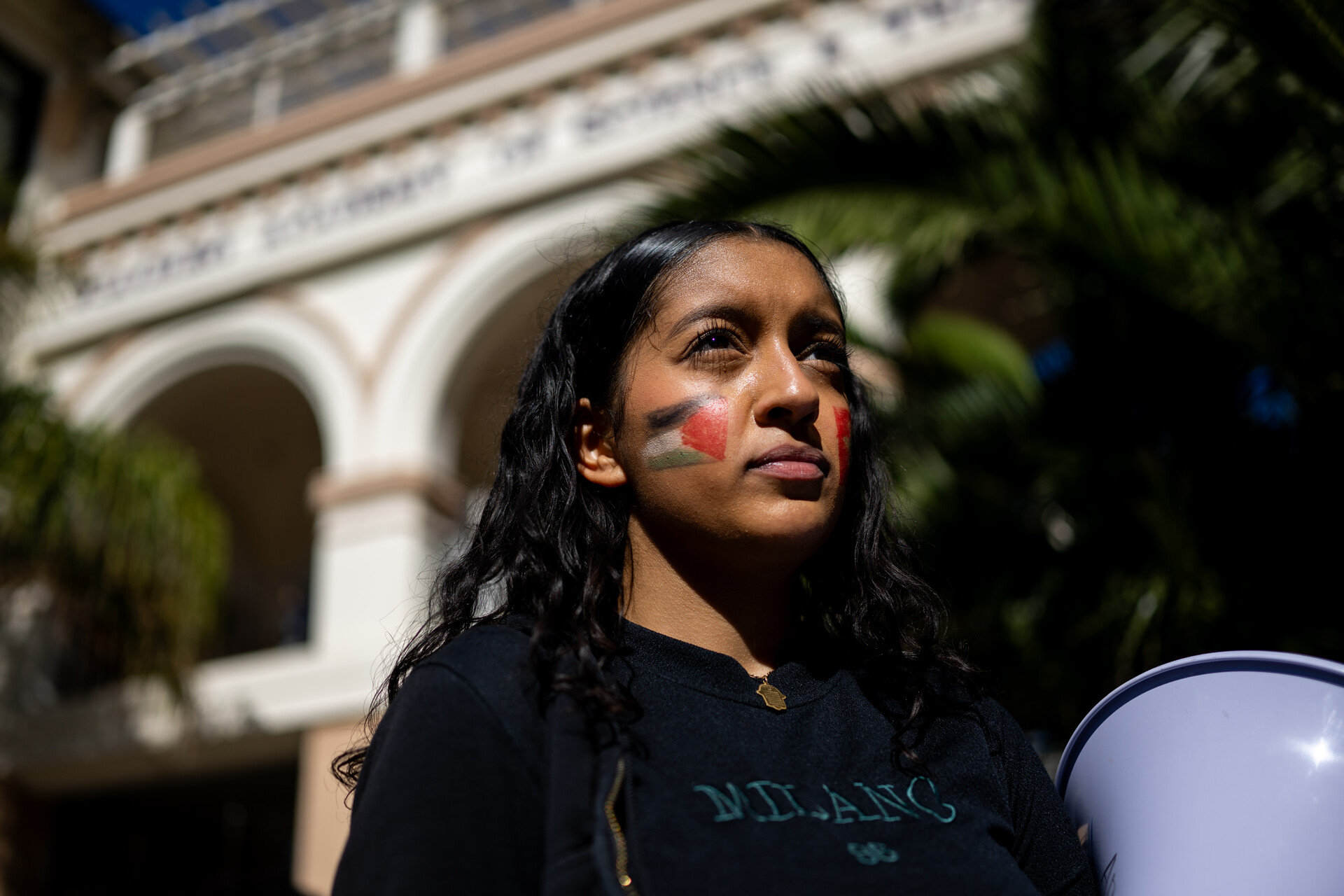
Know who is organizing the protest
It’s worth doing some research on the people and groups behind any protest you plan to attend to make sure it’s in alignment with your values and objectives. During certain Black Lives Matter protests in San Diego in June 2020, for instance, organizers warned demonstrators to avoid specific events they said likely had been surreptitiously coordinated by white nationalist groups.
Pack a small bag
Bring only essentials such as water, snacks, hand sanitizer and an extra phone charger.
The active component in tear gas adheres to moisture on your face. So it’s also a good idea to pack an extra N95, surgical mask or face covering in case you are exposed to tear gas.
Some people recommend bringing basic medical supplies and a bandana soaked in vinegar or in water in a sealed plastic bag in case there is tear gas. Others recommend a small bottle of water — or even better, a squirt bottle — to pour on your face and eyes.
If you get tear-gassed, it is often recommended to:
- Close your eyes.
- Hold your breath.
- Get out of the area as soon as possible.
- Rinse your eyes when possible (ideally using what you have packed with you).
Know your rights
You are entitled to free speech and freedom of assembly. However, your rights can be unclear during curfews and shelter-in-place orders. The American Civil Liberties Union has a detailed guide to your rights as a protester or a protest organizer. Notably, when police issue an order to disperse, it is meant to be the last resort for law enforcement.
“If officers issue a dispersal order, they must provide a reasonable opportunity to comply, including sufficient time and a clear, unobstructed exit path,” according to the ACLU. Read our guide to your rights as a spectator.
If you are photographing others, it is recommended to respect privacy, as some may not want to have videos or photos taken. This may also depend on context, location and time of day. In some cases journalists, or those documenting events, have been the target of tear gas and rubber bullets.
The First Amendment gives you the right to film police who are actively performing their duties, and bystander videos can provide important counternarratives to official accounts. Read our guide to filming encounters with the police safely and ethically and where to share your footage.
Additional information can be found from the ACLU and the National Lawyers Guild — the NLG has pocket-sized know-your-rights guides in multiple languages. Writing the number for the NLG hotline (and other important numbers such as emergency contacts) on your arm in case you lose your phone or have it confiscated is another suggested way to ensure you have it — should you need it.
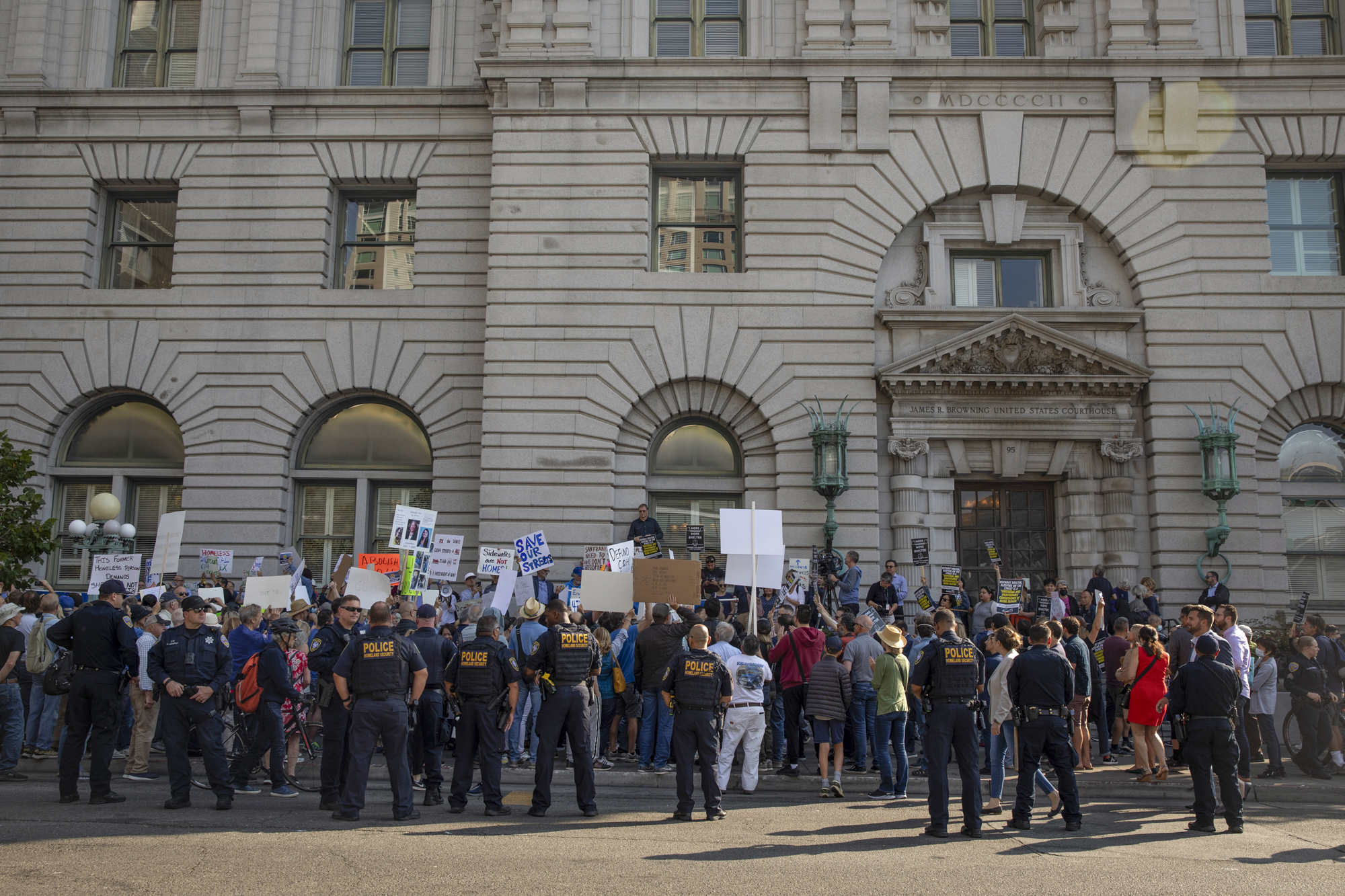
Be aware of your surroundings
During the first few days of George Floyd protests in the Bay Area in June 2020, there were fireworks, fires, rubber bullets, tear gas, flash-bangs and even some gunshots. Being aware of your surroundings includes having an understanding of what possible actions may occur around you.
Know the possible law enforcement ramifications of attending a protest
In April, San Francisco District Attorney Brooke Jenkins announced that she was considering charging a group of pro-Palestinian protesters with a felony for blocking Bay Area freeways. People who were stuck in traffic on the bridge, Jenkins wrote on X, “may be entitled to restitution + have other victim rights guaranteed under Marsy’s law.” In late October, the case was brought before a Superior Court judge.
